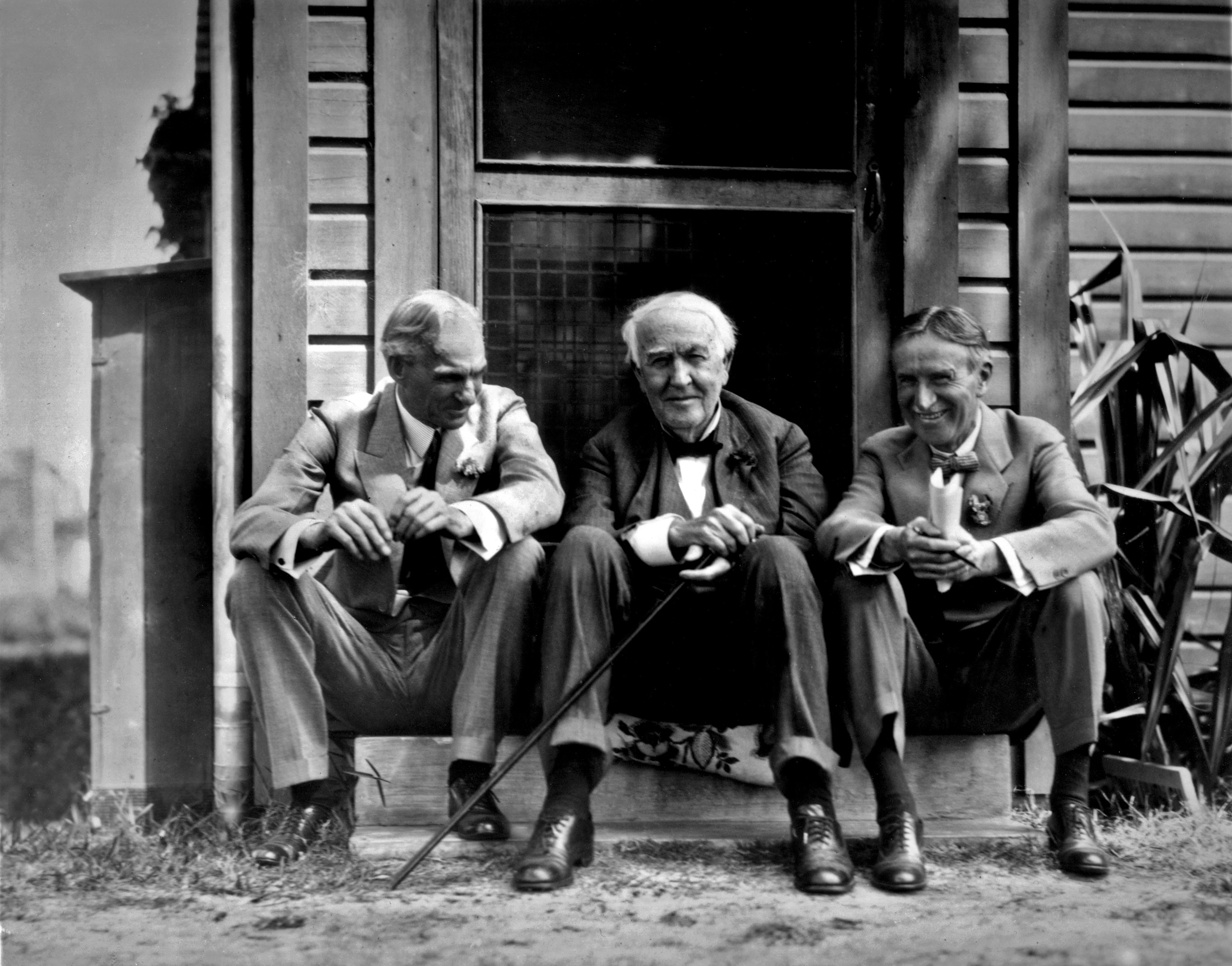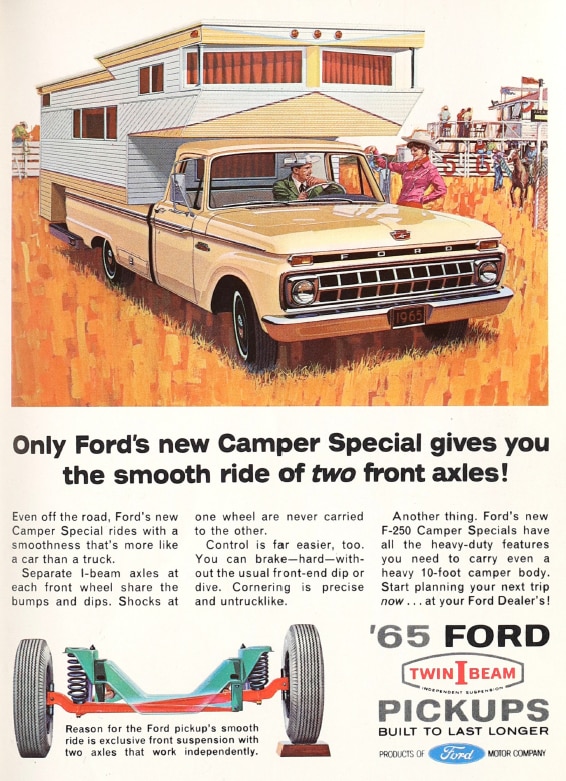
The Adventures of the Four Vagabonds



Outdoor adventuring in the United States can trace its roots back to the late 1800s, with the establishment of Yellowstone as our first National Park in 1872, which was also the first year Arbor Day was celebrated.
The 1879 creation of the United States Geological Survey, and its ubiquitous topographic maps, allowed travelers to explore public lands with confidence. A desire to preserve and dedicate more land for the enjoyment of outdoor enthusiasts lead to the 1892 creation of the Sierra Club, followed in 1905 by the Audubon Society, whose primary focus on preserving bird habitats also benefitted campers.
“The evolution of the automobile industry allowed more people than ever to chart their own path from increasingly cramped urban areas to unspoiled natural areas.”Leslie Armbruster, Ford archives manager
During this era, expansion of railroads allowed adventurous folks to travel further afield along dedicated railways more easily, while the evolution of the automobile industry allowed more people than ever to chart their own path from increasingly cramped urban areas to unspoiled natural areas.
The Four Vagabonds — Henry Ford, Thomas Edison, Harvey Firestone, and John Burroughs — helped popularize car camping with their widely documented decade of outdoor trips beginning in 1915. One of the earliest camping organizations, the Tin Can Tourists, was founded in Florida in 1919, and many of its members traveled in customized Model T “Tin Lizzies” between Michigan and the Sunshine State.

Fast forward a few decades, to when Ford Motor Company used its long lineage of helping customers explore the great outdoors to offer its industry-first Camper Special package on 1965 F-100 and F-250 pickup trucks. With a Twin-I-Beam front suspension and a Flex-O-Matic rear suspension, these trucks could haul a heavy-duty camper and allow enthusiasts to explore the great outdoors while still enjoying modern comforts.

The Camper Special package also included a heavy-duty radiator, battery, and springs, with optional SelectAire conditioning and SelectShift Cruise-O-Matic transmission to ensure a smooth, comfortable ride. Camper Special and Super Camper Special packages would eventually extend to include F-350 pickups and were available through the 1979 model year.
The appeal and popularity of recreational camping has continued to grow in the years since the Camper Special, with our National Park System growing to more than 85 million acres and self-identified “active campers” in the U.S. totaling more than 20 million in 2023.

Ford enthusiasts today have a variety of exciting and capable options to enjoy the great outdoors, whether they off-road in their Bronco, tow their travel trailer with an F-Series pickup, or pack their Explorer for a long road trip.
Leslie Armbruster is the archives manager at Ford.